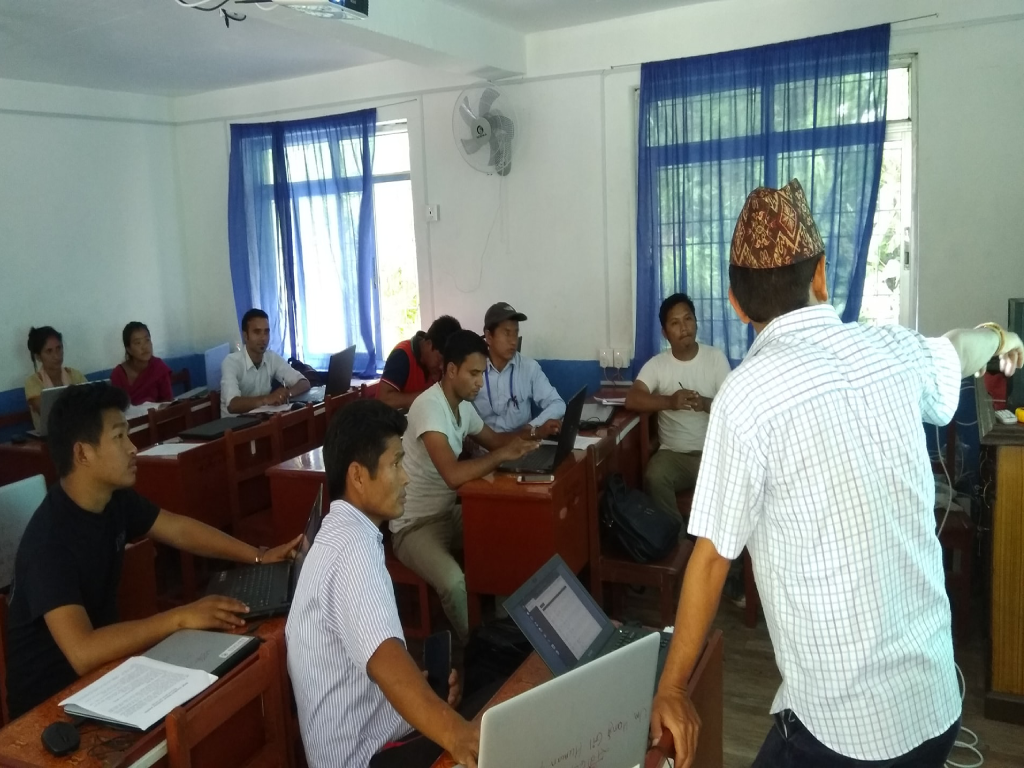
Navigating Technology and Technique: Lessons from a Deployment in Annapurna
A while ago, we embarked on a project with Annapurna Myagdi, a village nestled in the Himalayas. Our task was to train teachers in school using an application we developed for managing results and grading. The computer lab, equipped with 23-24 computers, power backup, and internet, seemed ready for the job.
As we prepared to start, everything appeared to be functioning smoothly. Bharat Pun, the Municipality education coordinator, kicked off the session with a welcoming speech. To my surprise, I found myself as the sole trainer, though I had expected support from multiple districts. Feeling unprepared, I secretly hoped for technical issues to cut the training short, but everything was flawless.
This experience highlighted a crucial lesson: having the right technology isn’t enough. The real challenge lay in how we implemented it. Despite our technological readiness, I had not paid sufficient attention to the techniques required for effective training and user engagement.
The day wasn’t a typical failure but rather a revealing experience. While I received payment for the task, I felt more like a trainee than a trainer. Had Bharat communicated that the project was for testing and assured that it was vetted and accepted by our office, the outcome might have been different. His focus on political aspects rather than practical administration underscored the disconnect between technology and technique. Without a sense of ownership and clear communication, technology often fails to make the intended impact.
Reflecting on this, I realized that technology alone isn’t enough. It's crucial that the community feels a sense of ownership and understands the necessity of the technology. Without this engagement, even the best technology can fall short. Our preparation was solid, but without effective techniques for involving and integrating the technology into the community, it remained underutilized. This experience taught me that success lies not just in having technology but in making sure it resonates with its users.
Technology refers to the tools and systems designed to solve problems and perform functions. In this case, our application for grading was the technology. Technique, however, involves the methods and skills required to effectively implement and utilize this technology. While the application was ready, our training techniques were lacking.
Imagine deploying an application for managing grades in a rural school. Success hinges on how well the following techniques are applied:
- Training Techniques: Ensuring teachers understand and use the application effectively.
- Engagement Techniques: Encouraging regular use and integration into daily tasks.
- Support Techniques: Providing ongoing help to resolve issues.
In our situation, while the technology was in place, the implementation techniques were not adequately addressed. This misalignment led to a valuable lesson: both technology and effective techniques are necessary for successful deployment and integration.
Ultimately, the Annapurna experience reinforced that while having the right technology is essential, its success depends significantly on its implementation. Effective training, user engagement, and ongoing support are crucial for ensuring that technology benefits society and meets users needs. By focusing on both technology and its practical application, wecan better integrate advancements into real-world settings and achieve meaningful outcomes.



